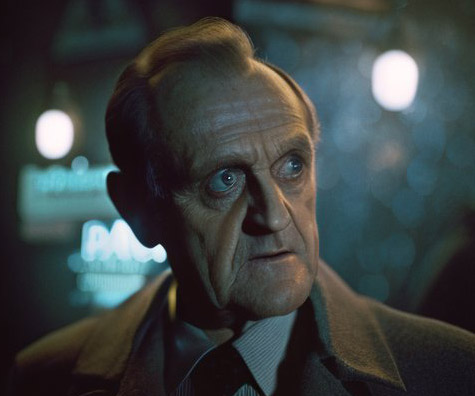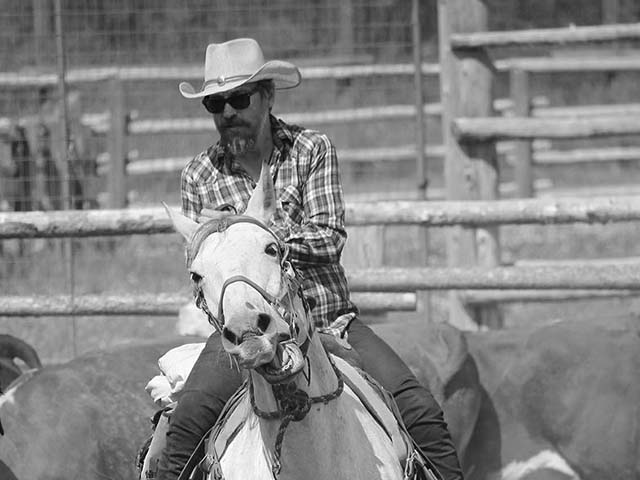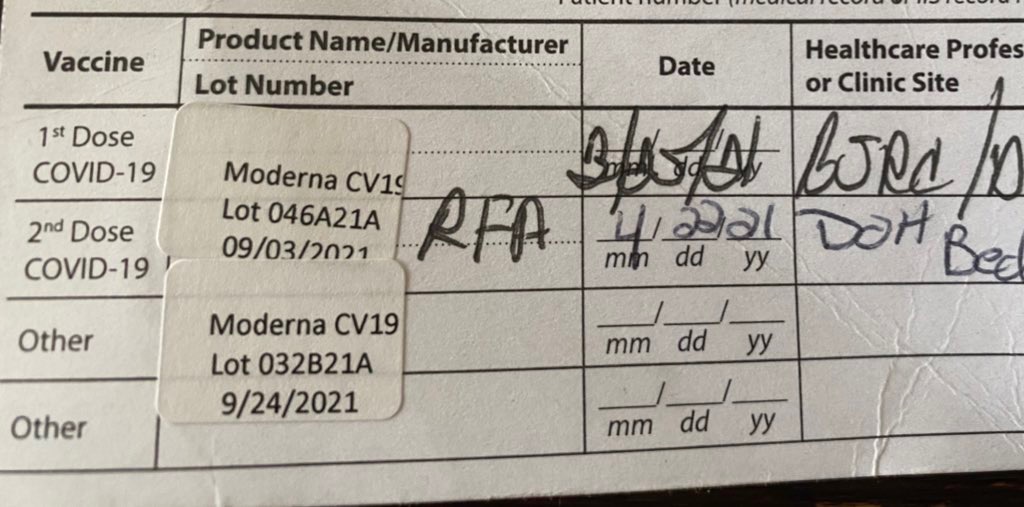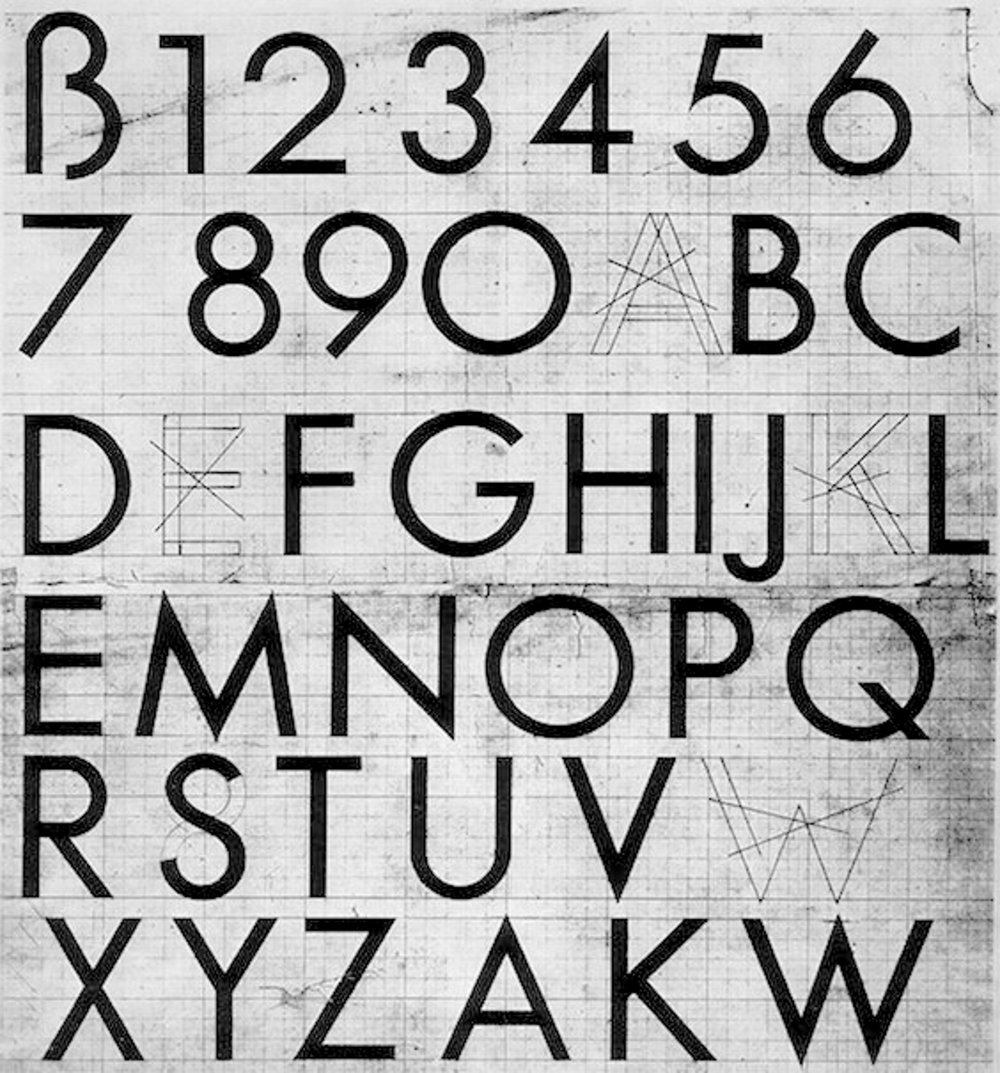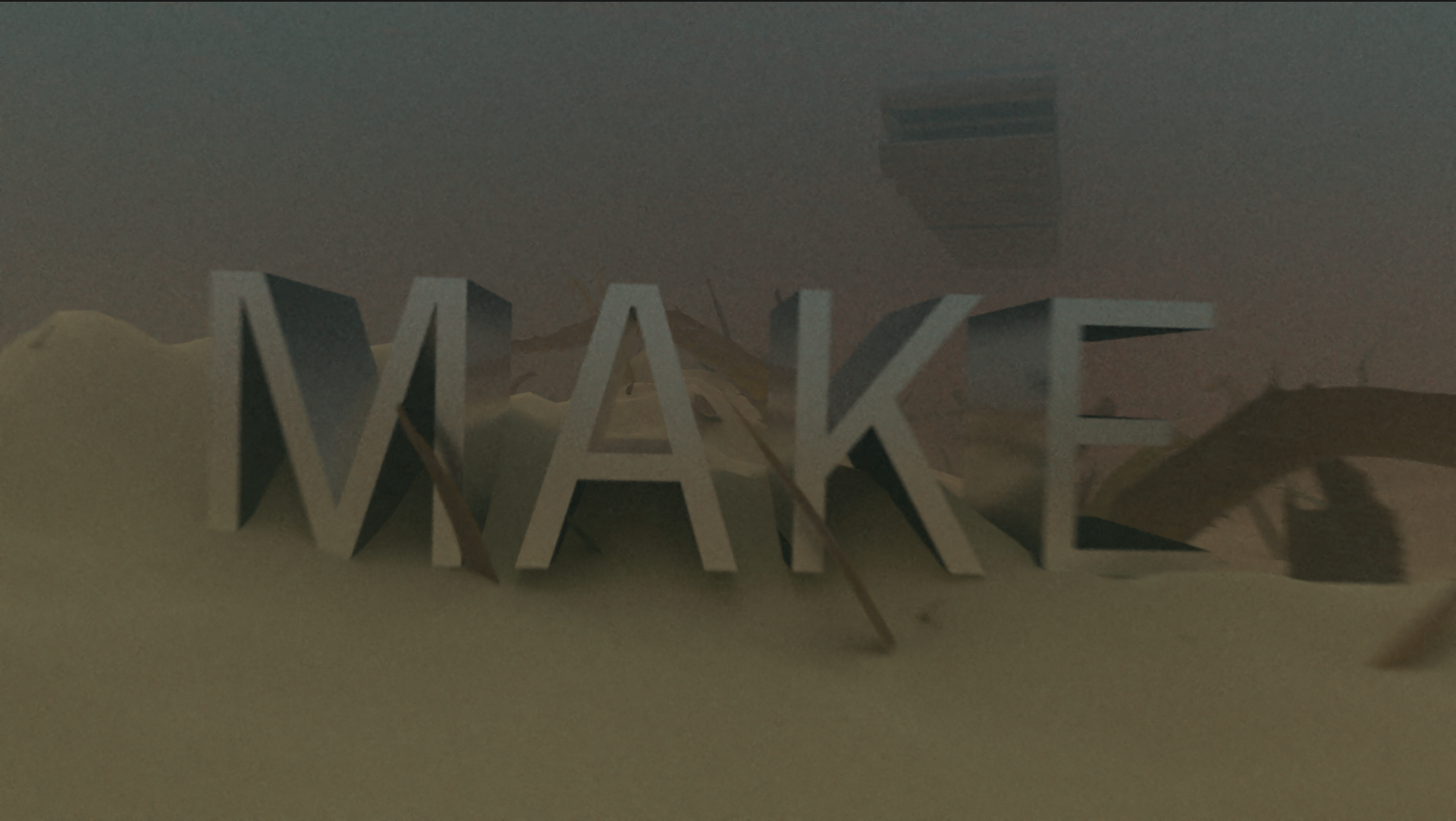And other adventures in AI “art.” Like everyone else working in content and media, I’ve been messing around with AI art and text. There are some thorny questions around automating human effort, and the ethics around how the machine was trained. Others have weighed in so I won’t here. I was mostly staying away, but … Read More
personal
Your horse is not a motorcycle
A few stray thoughts on leadership. When perched astride a horse, it’s tempting to think of her as you might a motorcycle—point it in the direction you want, hit the gas, and go—but this would be an error. While you may be in charge, your horse has feelings about the desired direction, footing, and speed, and … Read More
Modernista!
I had my second vaccine dose today. The anti-vaxxers find it “performative” to share, I guess, but I’m okay with that. (My position on vaccines is pretty well established.) Normalizing vaccination shouldn’t need to be a thing, but apparently it is. Perhaps the most disruptive global event in the last 75 years has a clear … Read More
Font Nerdy 2: Futura
The other week I wrote a font “coming of age” story. I have another, this time featuring Futura, and some of her decendents. Released in 1927 by the Bauer Type Foundry, Futura was designed by the German typographer Paul Renner before he scuppered his career with an anti-Nazi pamphlet Kulturbolschewismus (which I’ll confess I’ve never … Read More
Font nerdy
I remember the first time I was moved nearly to tears by a typeface. It was at an art supply store in the East Village in the early ‘90s. In those days, the web didn’t really exist yet, so research was something you had to do on foot. I was playing guitar in a hazy, … Read More
Make something beautiful
Let’s make something beautiful? (Turn on the sound) I think it’s sometimes hard to demonstrate practical creativity in a meaningful way. After all, the function of creative in a marketing context is to engage the audience enough to get the message, which is not always aligned with the business objective. A lot of “bad” advertising … Read More

